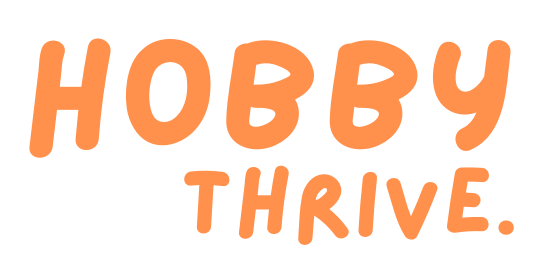Jigsaw puzzles are not only a source of entertainment but also a great way to exercise your brain and improve cognitive skills. As you gain experience and confidence in solving puzzles, you may find yourself wanting to increase your speed and efficiency. In this article, we will explore strategies and techniques that can help you get faster at completing jigsaw puzzles. By implementing these tips, you’ll be able to tackle puzzles with greater speed and accuracy, enhancing your puzzling experience.

Set Up a Dedicated Workspace:
Creating a dedicated workspace for your puzzles is essential for improving speed. Choose a well-lit area with a flat surface where you can spread out the puzzle pieces. A large table or a puzzle board specifically designed for assembling puzzles can provide ample space for sorting and organizing the pieces. Having a dedicated workspace ensures that you can focus on the puzzle without interruptions and allows for efficient movement.
Sort and Organise the Pieces:
Before you begin assembling the puzzle, spend some time sorting and organising the pieces. Start by separating the edge pieces from the interior pieces. Then, sort the interior pieces based on colour, pattern, or other distinctive features. This process helps you identify and locate specific pieces more quickly, saving valuable time during the assembly.
Group Pieces by Shape:
Another effective technique for speeding up your puzzle-solving process is to group pieces based on their shape. As you sort the pieces, pay attention to the different shapes and connectors. Group similar-shaped pieces together, such as those with straight edges or those with knobs and holes. This method allows you to quickly identify which pieces might fit together, reducing the time spent searching for the right connections.
Start with the Edges:
Begin assembling the puzzle by focusing on the edge pieces. The edge serves as a frame and provides a clear boundary for building the puzzle. Look for pieces with straight edges and start connecting them to form the outer border. Once the edge is complete, it becomes easier to work on the interior sections, as you have a defined area to concentrate on.
Identify Key Features and Patterns:
When working on the interior sections of the puzzle, look for key features, patterns, or distinct colors that can guide your assembly. Identify prominent elements of the image, such as a specific object, a vivid colour, or a repetitive pattern. By focusing on these key features, you can quickly locate and connect relevant pieces, accelerating your progress.
Use a Systematic Approach:
Adopting a systematic approach can significantly improve your efficiency. Rather than randomly trying different pieces, start by selecting a particular area or section of the puzzle to work on. This could be a specific object or a defined color region. By concentrating your efforts on smaller sections, you can break down the puzzle into manageable parts and make steady progress.
Utilise Puzzle Assembly Techniques:
Several puzzle assembly techniques can help you speed up your puzzling process. One such technique is the “two-handed method.” In this approach, use one hand to hold and position the puzzle piece while the other hand searches for the corresponding space. This eliminates the need to constantly switch between holding pieces and searching for the right spot. Additionally, using natural lighting or a puzzle mat with a contrasting background colour can enhance visibility and make it easier to distinguish between pieces.
Practice Patience and Persistence:
While the goal is to improve your speed, it’s important to remember that puzzles require patience and persistence. Rushing through the process can lead to mistakes or overlooking the correct connections. Take your time when analysing and fitting pieces together, ensuring a more accurate and satisfying outcome. With practice, you’ll find a balance between speed and precision.
Challenge Yourself with Increasing Difficulty:
To further enhance your speed and puzzling skills, challenge yourself with puzzles of increasing difficulty. Gradually increase the piece count or choose puzzles with more intricate designs. By pushing yourself outside your comfort zone, you’ll develop the ability to quickly recognise patterns and make connections, leading to faster solving times.
Learn from Others and Participate in Puzzling Communities:
Engaging with other puzzle enthusiasts can provide valuable insights and tips for improving your speed. Join online puzzling communities, participate in puzzle competitions, or attend puzzle-solving events to learn from experienced puzzlers. Sharing strategies, discussing techniques, and observing different approaches can broaden your knowledge and help you refine your puzzling skills.
Summary:
Getting faster at completing jigsaw puzzles requires a combination of organisation, technique, and practice. By setting up a dedicated workspace, sorting and organising pieces, using systematic approaches, and utilising puzzle assembly techniques, you can significantly improve your speed and efficiency. Remember to maintain patience and persistence, as finding the right connections is essential for accurate completion. Challenge yourself with increasingly difficult puzzles and learn from other puzzlers to further enhance your skills. With time and practice, you’ll find yourself completing puzzles with greater speed and enjoyment. Happy puzzling!





